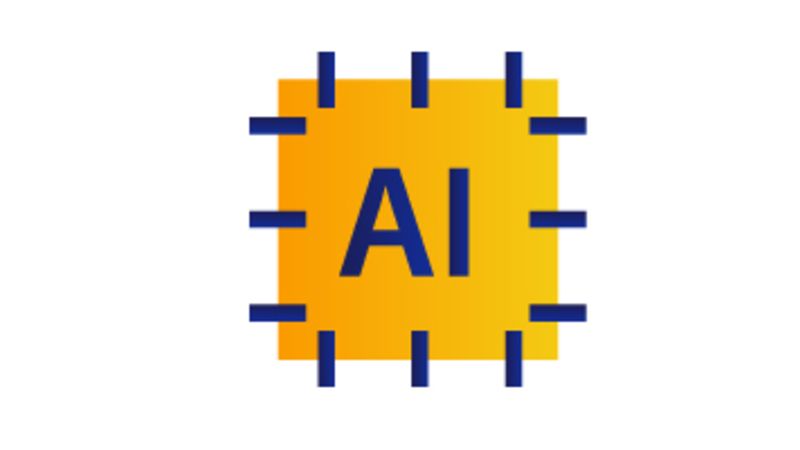Embrace digital and data for transformational growth

A recent study by the World Bank[1] shows a widespread decline in labor productivity growth since the onset of the 2007-2008 global financial crisis – a trend that we’ve seen further accentuated globally by the COVID-19 pandemic. The consequences of this are clear – increased poverty and widening income disparities. So, what can industry and government leaders do to solve the problem of declining productivity? What options - tools or technologies - are available to help leaders overcome this current challenge? Our experience and expertise suggest that digital and data will be the factors of production to drive recovery and propel the next wave of labor productivity and economic growth.
Digital is way more than technology
Digital is often misconstrued as technology. Rather, it is a fresh idea and complete framework for conducting business in the new world— a world where the goalposts of demand and supply shift. Digital is about engagement, convenience, reliability, peace of mind, ease of use interface, and continuous availability. Digital products and channels act as expanded sensory organs to further augment human attention, perception and reasoning. Digital and data are two sides of the same coin, and they create - and thrive - with each other. The COVID-19 pandemic taught us that there is a digital way to produce, consume, sell and serve.
Data and algorithms will enhance human capability
Human sensory perception and reasoning are powerful tools – not only do they set us apart from the rest of the living beings on the planet but they also allow us to solve complex problems, develop sophisticated technology and build great civilizations. Digital applications, sensors and camera signals help in amplifying our observation and perception of the world around us, and therefore, our ability to understand, solve and innovate. Our machine learning and artificial intelligence models take the massive volume of complex and disparate data, synthesize it and facilitate efficient reasoning and decision making. These models empower us to navigate through big and small data seamlessly and anticipate customer needs and preferences to enable businesses to formulate a robust customer engagement strategy.
AI will be the new UI
A simple, intuitive and relevant interface is the hallmark of exceptional customer experience. Artificial intelligence models have the ability to collect, interrogate, and assimilate customer financial and non-financial records to curate and hyper-personalize product and service recommendations for better uptake and experience. It's the AI-enabled personalized customer interactivity and engagement that makes AI the supreme tool for building an effective and efficient user interface.
Given the rapid change in digital technology and shift in consumer behavior, there is only a “digital and data" way to support business recovery now and conduct business in future. This path will unleash the next wave of economic growth and prosperity for all through innovation and higher productivity. Embrace digital and data to reset growth drivers beyond the pandemic.
(Ghana)shyama Mahanty and Nicolas Khoury are Visa’s Consulting and Analytics experts for the Middle East and North Africa region.
[1] https://blogs.worldbank.org/developmenttalk/broad-based-productivity-slowdown-seven-charts